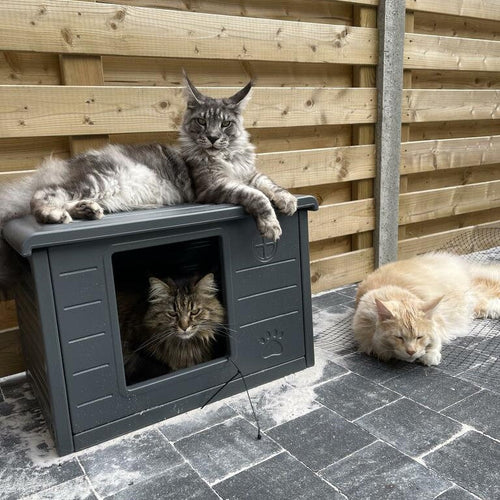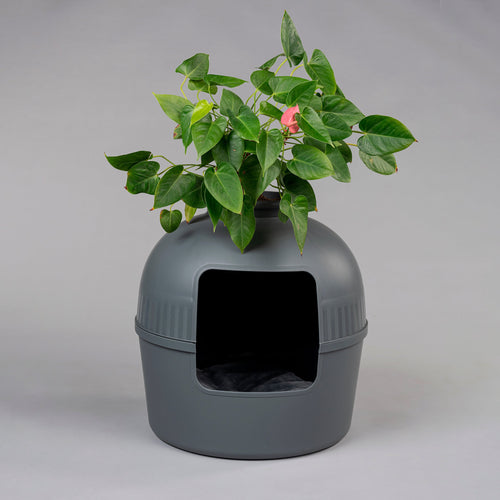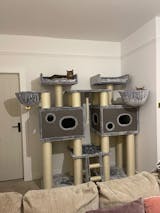How do a Cat and a plant go well together?
Make it interesting:
Instead of trying to keep cats away from plants, adapt the environment so that cats and plants complement each other. For example, provide high shelves that cats can climb on while the plants remain safe. In this way, you create your cat's own territory and chances are he will leave your plants alone.
Toys and scratching posts:
Provide plenty of toys and scratching posts so your cat has plenty of distractions. A happy and entertained cat will be less likely to use plants as toys.
Learning and setting boundaries:
Teach your cat where he can and cannot go. This takes some practice, but it
can help keep cats away from delicate plants.
Protect the plant:
Caring for plants regularly not only benefits their growth, but can also help keep cats away. Cover the soil in your plant pots with small stones or shells to prevent your cat from digging the soil out of the pot.
How do you recognize poisoning in a cat?
Cats poisoned by a plant show the following symptoms:
- Swelling, Redness to the eyes or mouth due to irritation
- Vomiting
- Diarrhea
Some toxins affect a cat's organs. Cats may then start drooling or have low energy and collapse. They may also have an irregular heartbeat, drink excessively and have trouble breathing.
What to do in case of poisoning?
- Try to figure out which plant your cat ate. If you're not sure, take a piece of the plant with you or take a picture for the veterinarian.
- Contact your veterinarian right away, the sooner the cat can be treated the better.
- Follow the vet's advice carefully!
The Balance Found: Cats and Plants in Harmony
So from this we can conclude that it is possible to keep cats and plants together in our habitat. It's all about finding the right balance and care for the cat. By selecting plants that cats can handle and considering the needs of both our furry friends and our green companions.











